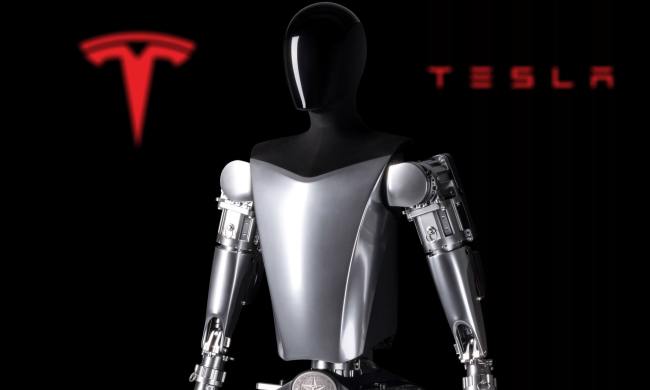
Wallets are ever closer to becoming a thing of the past: AT&T, Verizon and T-Mobile are planning on investing over $100 million into a joint system that will let users pay for goods with their smartphones. With support from Visa, MasterCard, Discover and American Express, the venture should help bring mobile wallets into the American mainstream.
The carrier’s investment will help the venture, called Isis, pull in more funding from bank and retailers. They are trying to catch up to Google, which announced its own mobile payment service, called Google Wallet, in May.
According to Businessweek, the mobile payments will total around $240 billion worldwide this year. The market is projected to hit around $670 billion by 2015. With the market’s potential so great, the triumvirate of mobile carriers may push additional hundreds of millions of dollars into Isis if and when the service begins to build a significant user base.
The mobile wallet concept is pretty straightforward: users link their mobile payment account to their credit card or bank accounts, and rather than swipe a card or pull out cash, they just tap their phones against a payment scanner to finish a transaction. It means one less thing for users to carry (those credit cards can be bulky) and, more importantly, may make for more integrated mobile banking.
Mobile wallets will be a big break from the way we traditional think of debit and credit purchases. Adding a smartphone’s abilities to your card offers a ton of potential; Isis already plans on including mobile coupon services. That alone could be a big plus. Rather than fumbling around with a bunch of paper coupons or Groupon printouts, users will be able to collect and store coupons in their mobile wallet, which will use them automatically when a qualifying purchase is made.
Of course, replacing your wallet with your smartphone only increases the monetary risk of losing your phone. Until the services start rolling out for everyday use, it’s tough to tell just how good of a balance they’ll strike between being secure and easy to use. There’s also one curious conundrum: if your credit card is your phone and you lose it, what do you use to call and cancel it? But in any case, the market for mobile wallets has already proven itself, and it will only get bigger as services become more available in the United States. Do you think you’re ready to make the switch? Let us know in the comments.


